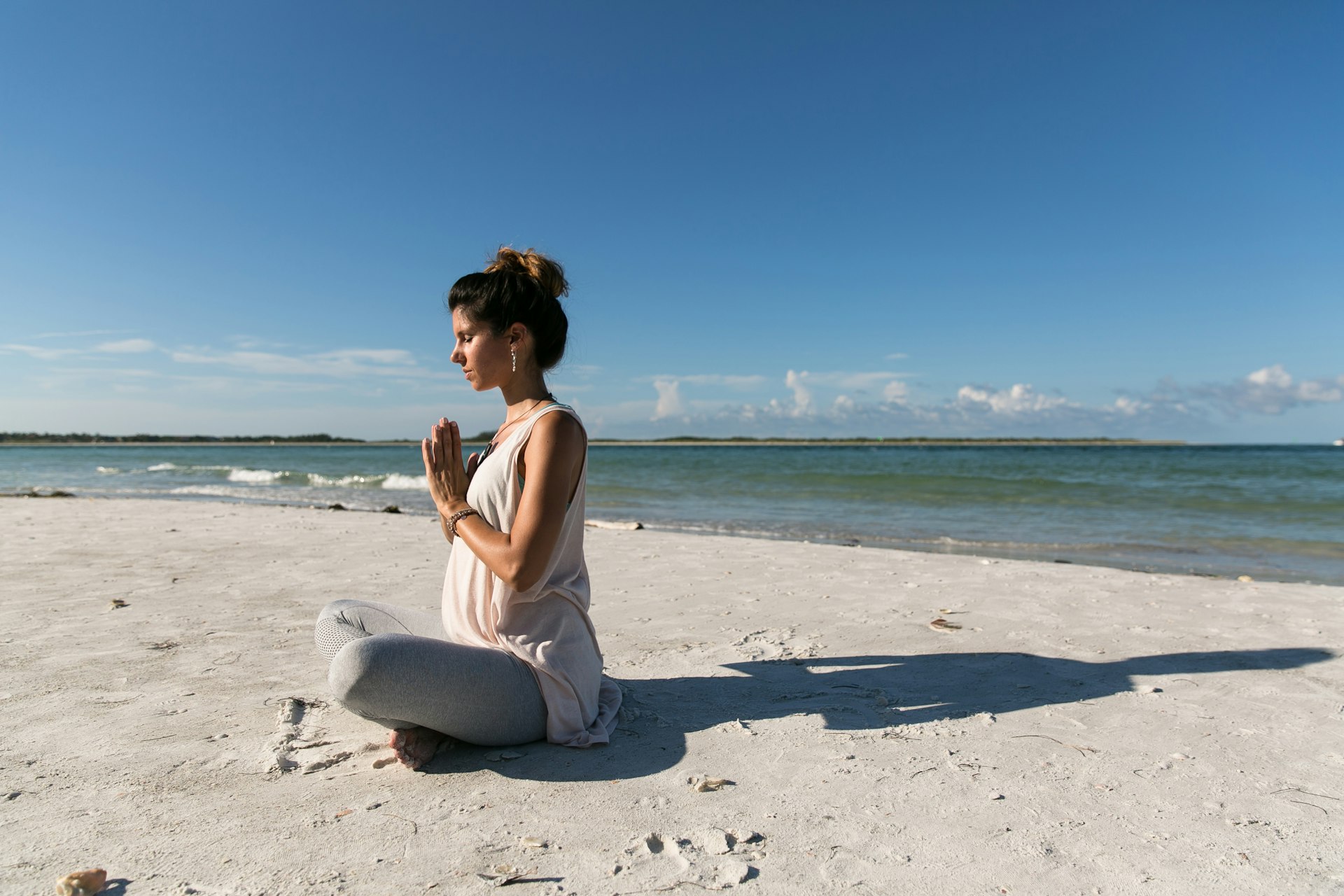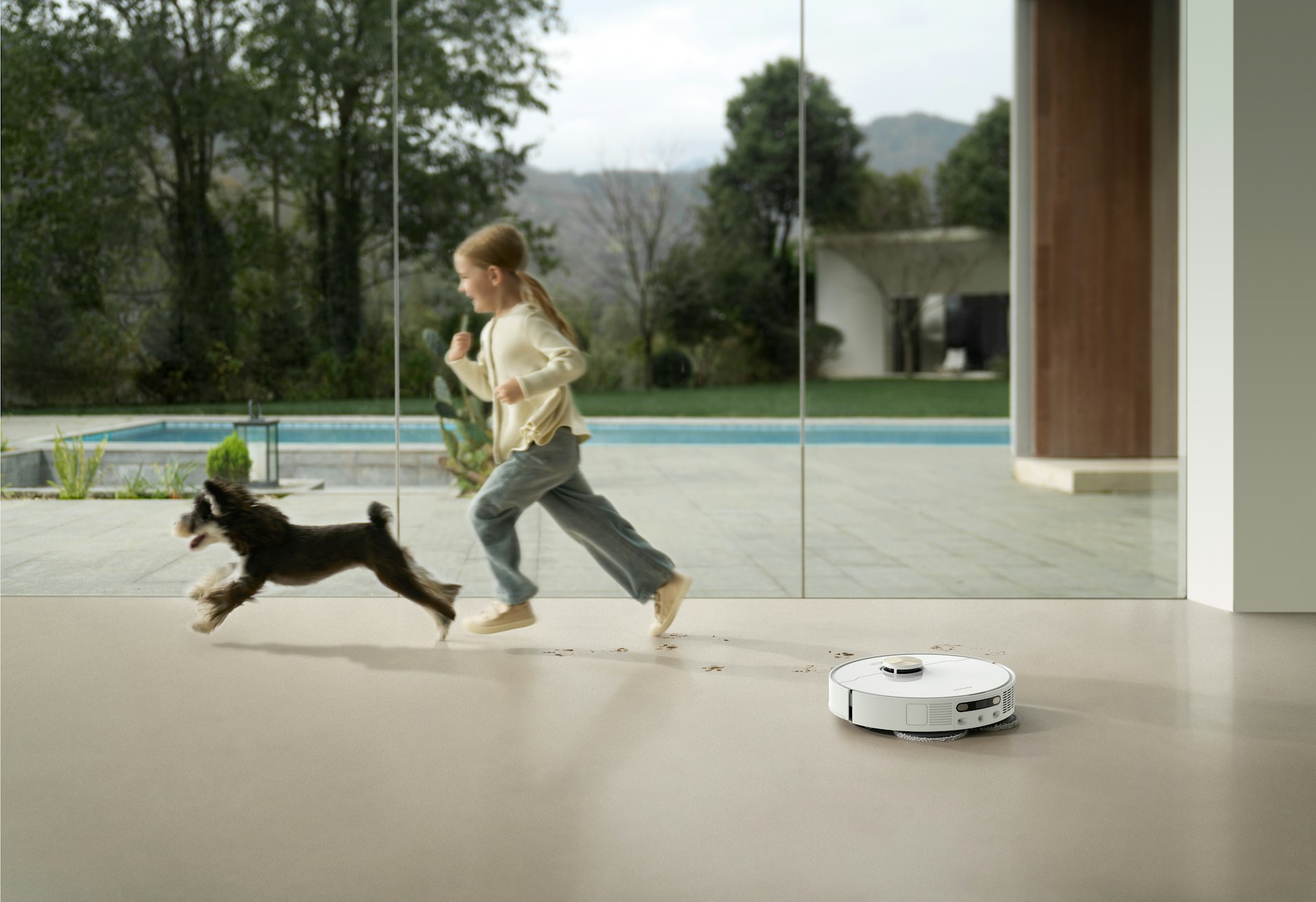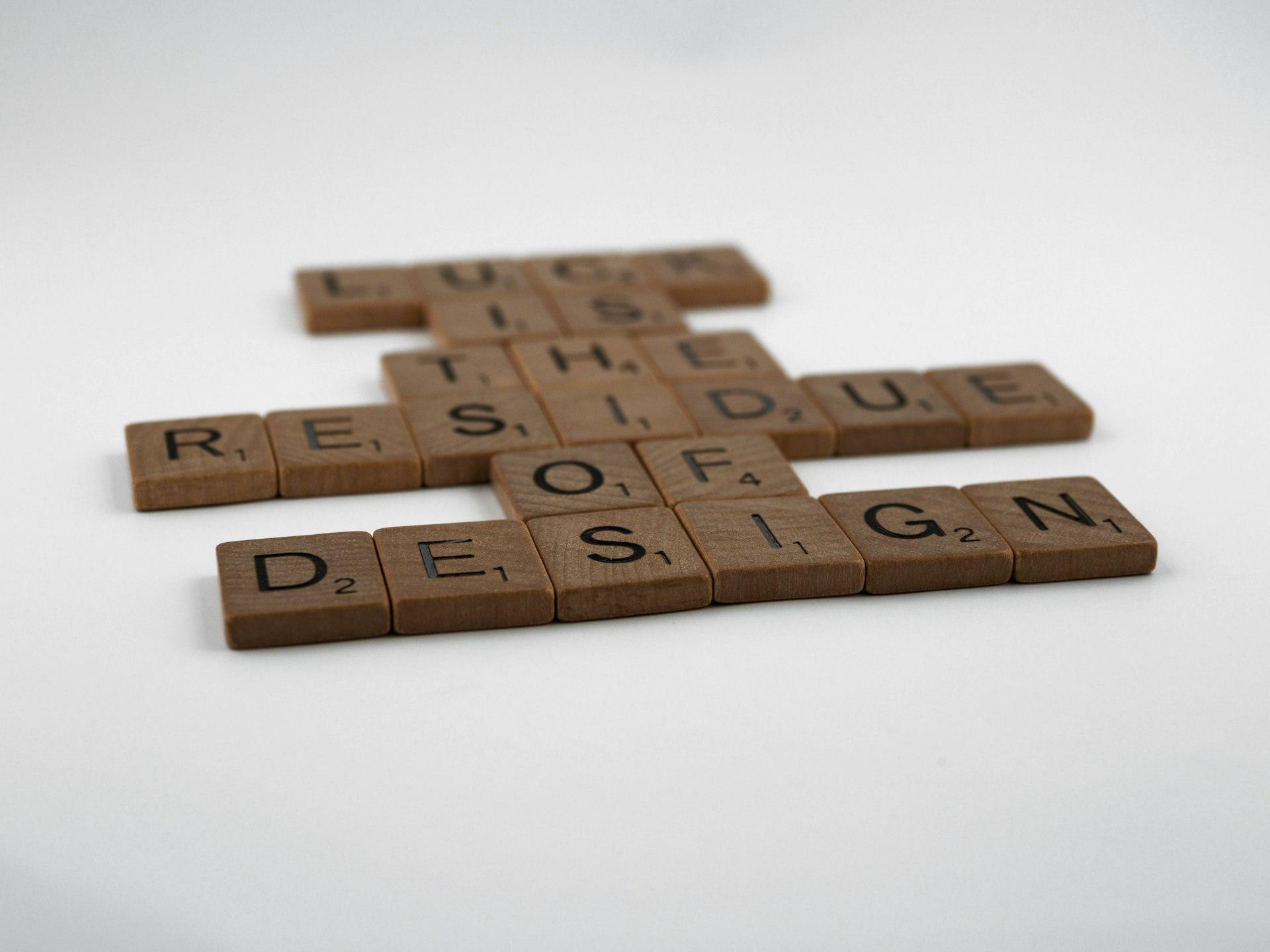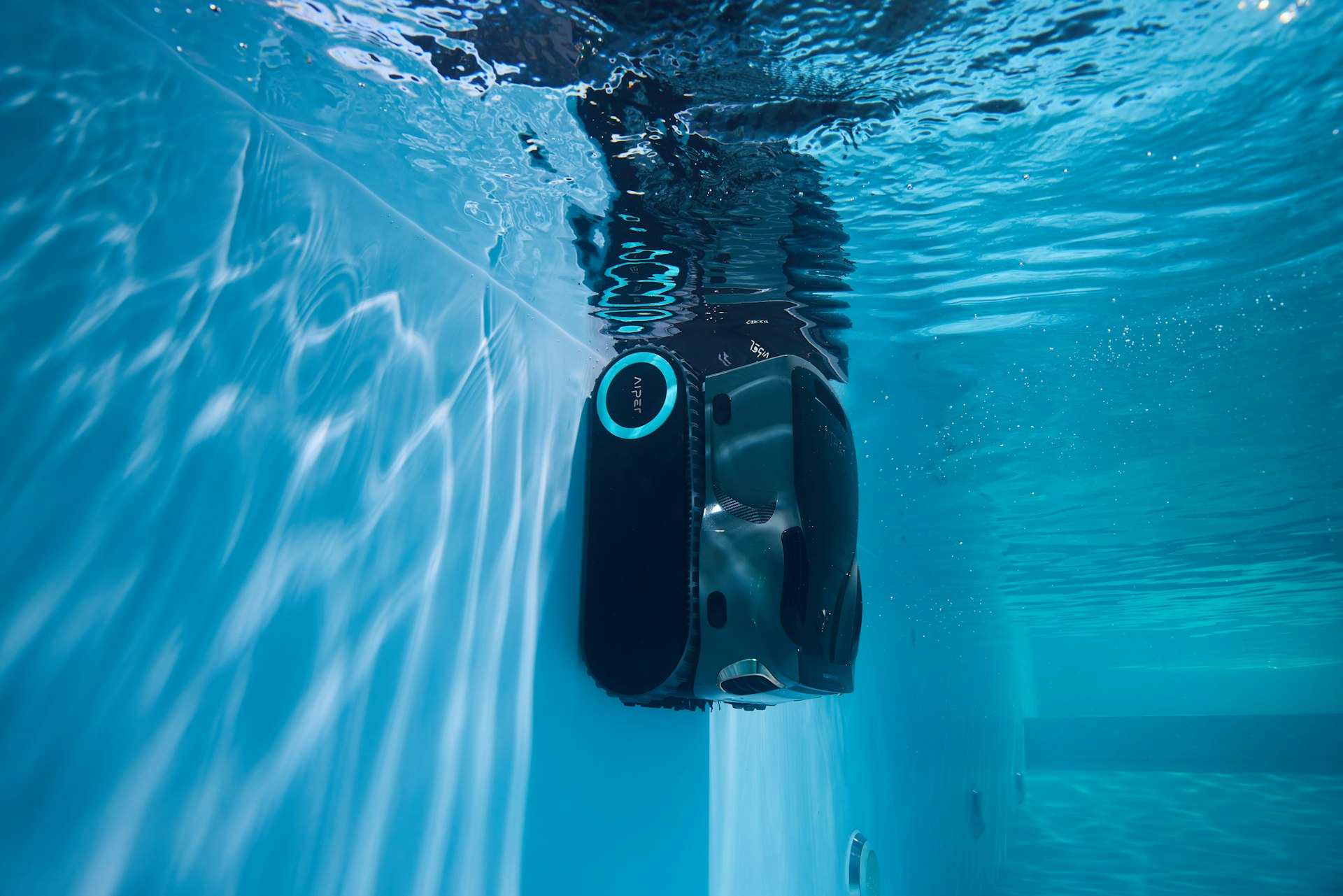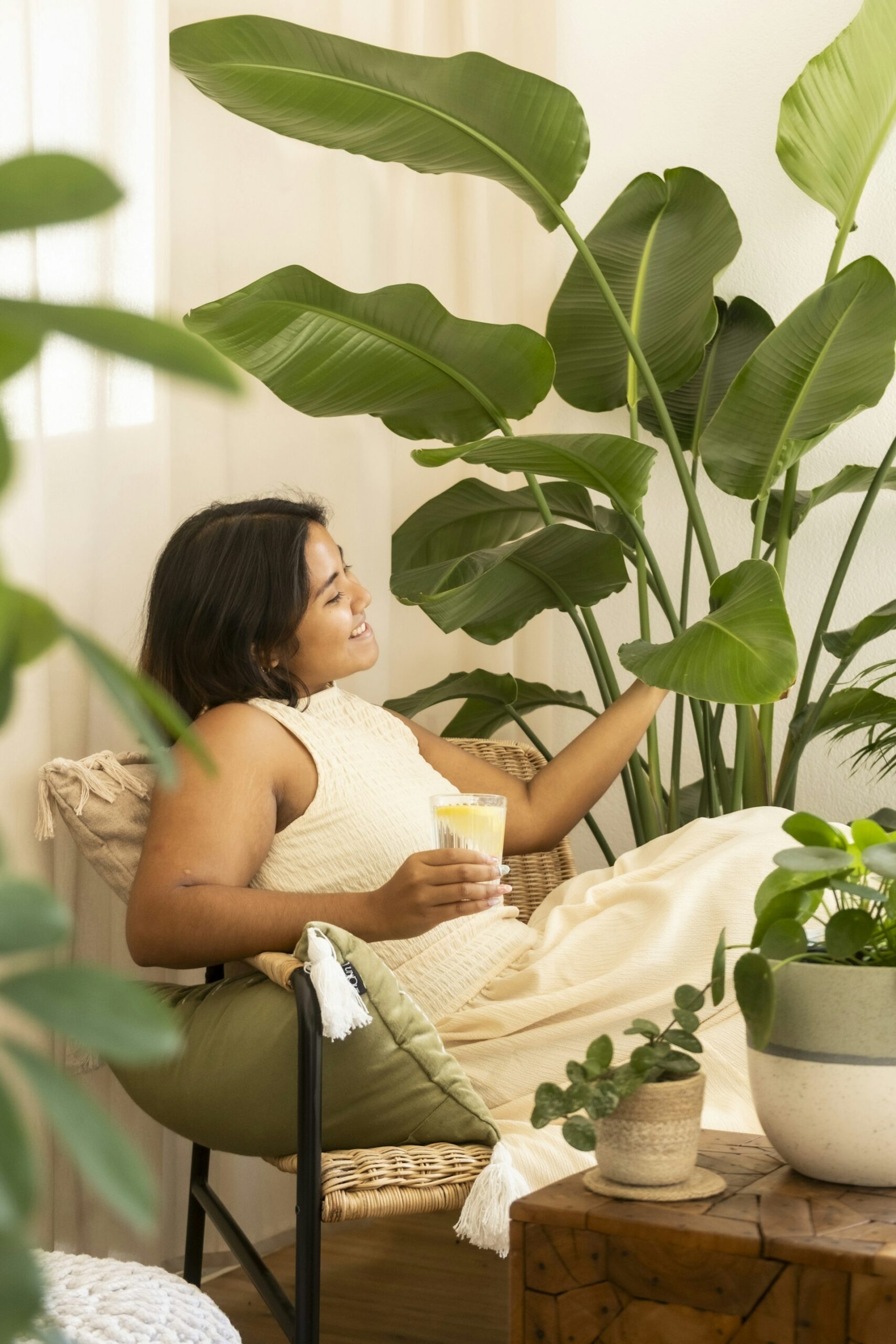Understanding Blue Light Exposure: Impacts on Your Circadian Rhythm and Practical Solutions

Photo by Ahmed Youssry on Unsplash
Introduction: Blue Light and Your Biological Clock
Modern life immerses us in screens and artificial lighting, raising important questions about the effects of blue light exposure on our health. One area of growing scientific focus is how blue light impacts the circadian rhythm -the body’s internal clock that governs sleep, alertness, and many physiological processes. Understanding this relationship can empower you to adopt strategies for better sleep and improved well-being.
What Is Blue Light and Where Does It Come From?
Blue light is a high-energy, short-wavelength light found in natural sunlight and emitted by digital screens, LED lighting, and fluorescent bulbs. While exposure to natural blue light in the daytime helps regulate sleep-wake cycles, excessive artificial blue light after sunset can disrupt these rhythms.
Sources include:
- Smartphones, tablets, and computer screens
- LED and fluorescent lights in homes and offices
- Television screens and e-readers
Increased evening exposure to these sources has raised concerns about sleep quality and overall health.
How Blue Light Influences the Circadian Rhythm
The circadian rhythm is a 24-hour cycle governed by the brain’s suprachiasmatic nucleus, which responds to light cues. Blue light is especially potent in signaling the brain to stay alert by suppressing melatonin, a hormone critical for sleep onset and quality [1] . Research demonstrates that exposure to blue light in the evening leads to a dose-dependent suppression of melatonin , delaying sleep and altering the timing of the circadian clock [1] .
Example: Individuals who use digital devices before bedtime often experience increased time to fall asleep and reduced sleep quality due to melatonin suppression.
Scientific Evidence: What Research Shows
Multiple peer-reviewed studies have investigated blue light’s role in circadian disruption:
- A 2011 study published in the Journal of Applied Physiology found that blue light from LED screens suppresses melatonin in a dose-dependent manner, meaning more exposure leads to greater disruption [1] .
- Recent clinical trials suggest blue light filtering lenses have little or no effect on improving sleep quality or reducing visual fatigue compared to standard lenses [5] .
- According to the College of Optometrists, there is currently no scientifically proven benefit to blue light blocking glasses for eye health or sleep quality in the general population [4] .
These findings highlight the importance of light exposure management over reliance on eyewear products.
Practical Strategies to Minimize Blue Light Disruption
While blue light blocking glasses are marketed as solutions, scientific reviews suggest behavioral strategies are more effective for most people [4] . Here are step-by-step approaches you can implement:
- Limit Screen Time Before Bed: Aim to stop using digital devices at least 1-2 hours before sleep. You can set device reminders or establish a nightly routine that excludes screens.
- Use Night Mode Features: Many devices offer “Night Shift,” “Night Light,” or similar settings that reduce blue light emission in the evening. Adjust these settings in your device’s display options for automatic activation after sunset.
- Improve Your Lighting Environment: Replace bright white LED bulbs in bedrooms with warmer, dimmer lighting in the evening. Consider using lamps with adjustable color temperatures.
- Maximize Daytime Light Exposure: Get outside during daylight hours, as exposure to natural light helps anchor your circadian rhythm and improves sleep quality at night.
- For Night Shift Workers: If you work overnight, wear dark sunglasses during your commute home and create a dark, quiet sleep environment to minimize circadian disruption.
These steps can reduce the negative impact of artificial blue light and support healthy sleep patterns.
Blue Light Glasses: Do They Really Work?
The popularity of blue light blocking glasses has surged, but research shows their effectiveness is limited. Randomized controlled trials indicate little to no benefit for digital eye strain or sleep improvement compared to regular glasses [5] . Some individuals may perceive subjective benefits, but these may result from placebo effects or reduced overall screen time [1] .
When considering blue light glasses, note:
- Daytime clear-lens blue light glasses may filter some wavelengths but often do not block the most disruptive light entirely [2] .
- Red-tinted glasses designed for nighttime use may block more blue and green light, but scientific backing for sleep improvement is still limited [2] .
For most people, practical behavioral changes are more effective and reliable than eyewear solutions.
Addressing Eye Strain: Causes and Solutions
Many people attribute digital eye strain or fatigue to blue light, but evidence suggests the primary causes are prolonged screen focus, insufficient blinking, and poor ergonomics [4] . To alleviate eye fatigue:
- Follow the 20-20-20 Rule: Every 20 minutes, look at something 20 feet away for 20 seconds.
- Adjust Screen Position: Place monitors at eye level and about an arm’s length away.
- Reduce Glare: Use matte screens, adjust ambient lighting, and clean device surfaces regularly.
- Blink More Often: Remind yourself to blink to keep eyes moist and reduce dryness.
If symptoms persist, consult an optometrist or ophthalmologist for personalized recommendations.
How to Access Reliable Information and Support
If you are seeking more guidance on managing blue light exposure and sleep, you can:
- Consult a licensed optometrist or sleep specialist for personalized assessment and advice.
- Visit reputable health information portals such as the American Academy of Sleep Medicine or the National Institutes of Health by searching for “blue light and circadian rhythm” on their official websites.
- Check device manufacturer guides for instructions on enabling night mode or blue light reduction features specific to your hardware.
- Explore academic articles through databases such as PubMed for the latest clinical research on blue light’s effects.
Always ensure you rely on credible, up-to-date sources when making decisions about your health.

Photo by Jay Soundo on Unsplash
Alternatives and Advanced Approaches
For those with persistent sleep difficulties or who work irregular hours, additional strategies may help:
- Gradually shift bedtime and wake time to align with desired sleep patterns.
- Use blackout curtains and white noise machines to create an optimal sleep environment.
- If melatonin supplements are considered, consult your healthcare provider for safe usage and dosing.
Some people may benefit from cognitive behavioral therapy for insomnia (CBT-I), which addresses underlying behavioral and psychological factors affecting sleep.
Key Takeaways
Blue light exposure, especially in the evening, can disrupt your body’s natural circadian rhythm, leading to sleep difficulties. The most effective approach is to manage your light environment and screen habits. While blue light blocking glasses are widely marketed, current scientific evidence does not strongly support their use for improving sleep or reducing eye strain for most people. For reliable improvement, prioritize behavioral strategies and consult professionals as needed.
References
- Axon Optics (2025). Do Blue Light Glasses Work? Separating Fact From Fiction.
- BlockBlueLight (2020). Do cheap blue light glasses really work?
- Specsavers UK (2020). Do blue light glasses really work?
- PubMed (2023). Blue-light filtering spectacle lenses for visual performance, sleep, and macular health.
MORE FROM oncecoupon.com
